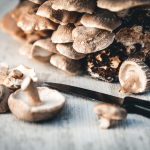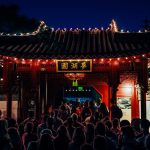
33 interesting facts about Vietnam you probably didn’t know
Exploring Vietnam: Unveiling 33 Fascinating Facts Vietnam, a captivating Southeast Asian gem, boasts a rich tapestry of culture, history, and natural beauty. Uncover the lesser-known wonders of this enchanting country as we delve into 33 interesting facts that will leave you astounded. 1. S-shaped Splendor Nestled in the eastern part of the Indochina Peninsula, Vietnam […]
Exploring Vietnam: Unveiling 33 Fascinating Facts
Vietnam, a captivating Southeast Asian gem, boasts a rich tapestry of culture, history, and natural beauty. Uncover the lesser-known wonders of this enchanting country as we delve into 33 interesting facts that will leave you astounded.
1. S-shaped Splendor
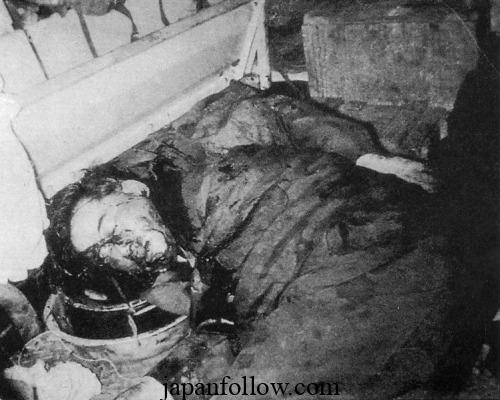
Nestled in the eastern part of the Indochina Peninsula, Vietnam takes the shape of the letter ‘S.’ Its elongated form spans over 1,000 miles, offering a diverse landscape that includes lush jungles, mountainous terrains, and pristine coastlines.
2. Halong Bay’s Mystique
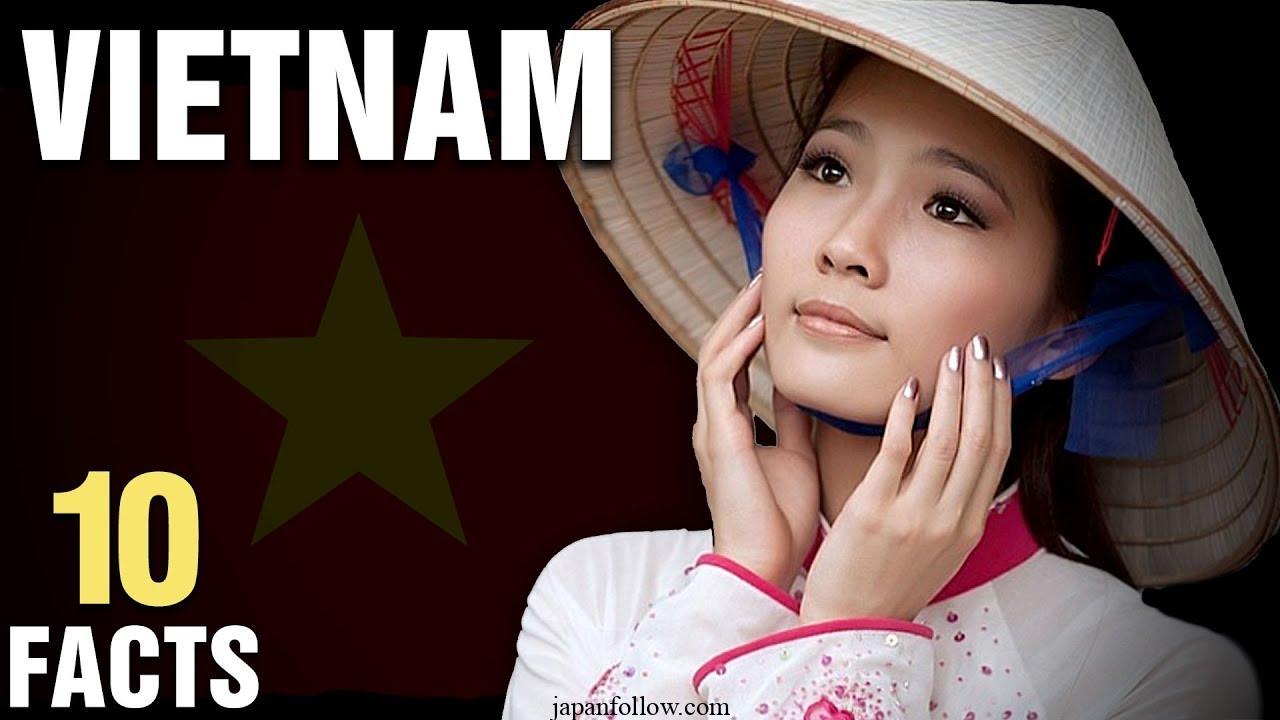
Halong Bay, a UNESCO World Heritage Site, is adorned with over 1,600 limestone karsts and islets. Legend has it that these formations were created by dragons, leaving behind a breathtaking seascape that draws millions of visitors each year.
3. Unique Lunar New Year Celebration
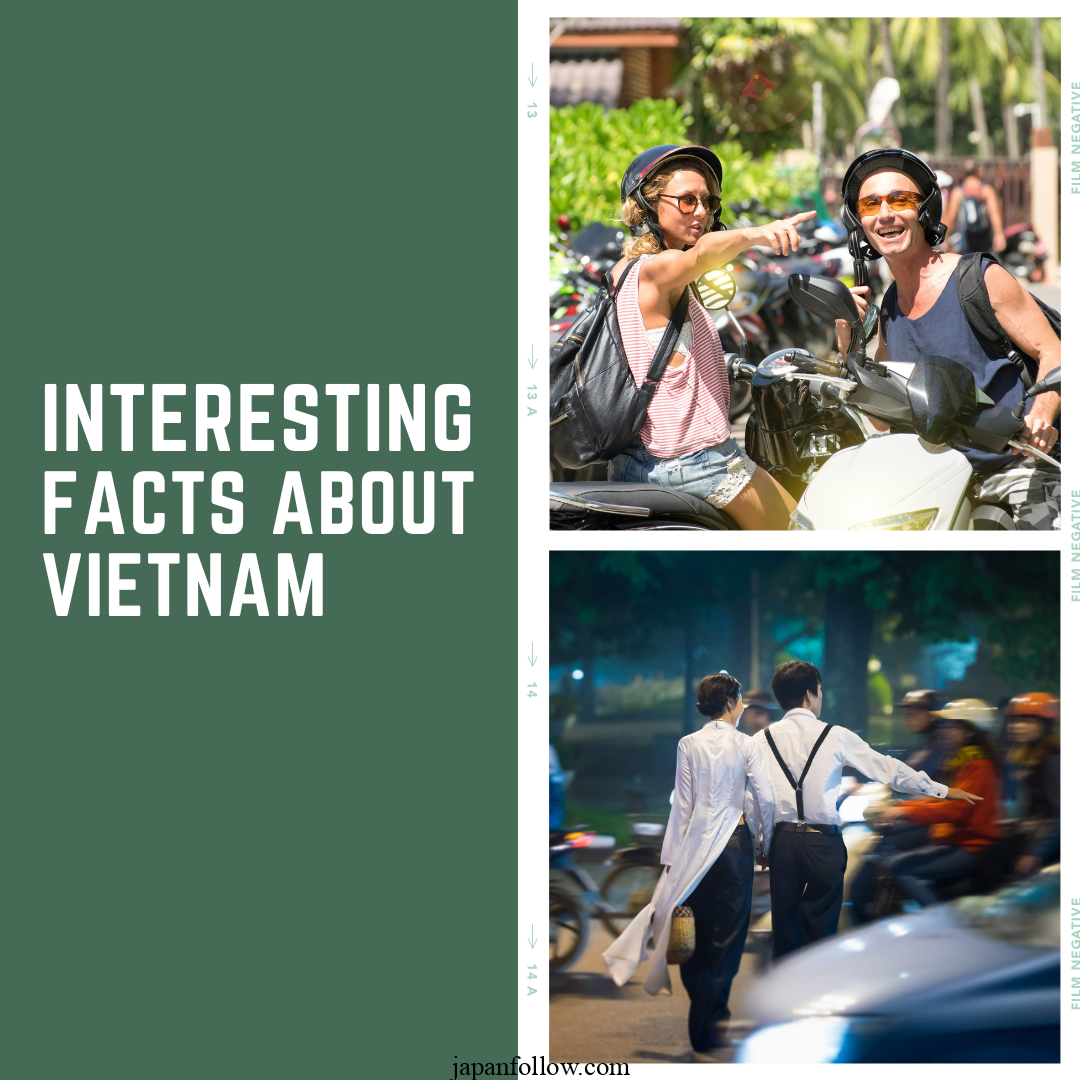
Tet, the Vietnamese Lunar New Year, is a vibrant and joyous celebration. Families reunite, streets are adorned with colorful decorations, and traditional delicacies, such as banh chung (sticky rice cake), take center stage. It’s a time of renewal and cherished customs.
4. Motorbike Madness
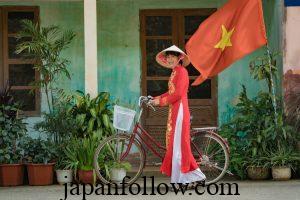
Vietnam holds the title for having one of the highest motorbike ownership rates globally. The bustling streets of Hanoi and Ho Chi Minh City are a symphony of honks and revving engines, showcasing the integral role motorbikes play in daily life.
5. Rice: Staple of Life

Rice is not just a food staple in Vietnam; it’s a way of life. The country is the world’s second-largest exporter of rice, and the picturesque terraced rice fields in Sapa paint a mesmerizing picture of agricultural ingenuity.
6. Water Puppetry Artistry
Water puppetry, a traditional Vietnamese art form, dates back to the 11th century. Performers manipulate puppets on the water’s surface, accompanied by live music, creating a mesmerizing spectacle that narrates folklore and historical tales.
7. Cu Chi Tunnels: Underground Marvel
The Cu Chi Tunnels, an intricate network of underground passages, played a pivotal role during the Vietnam War. Stretching over 120 miles, these tunnels served as hiding spots, living quarters, and supply routes for the Viet Cong.
8. Pho: Culinary Icon
No exploration of Vietnam is complete without savoring a bowl of pho. This aromatic noodle soup, with its flavorful broth and tender slices of beef or chicken, is a culinary masterpiece that has gained international acclaim.
9. Imperial Hue Citadel
The Hue Citadel, a UNESCO World Heritage Site, stands as a testament to Vietnam’s imperial past. The complex, with its intricate architecture and historical significance, reflects the country’s dynastic legacy.
10. World’s Largest Cave: Son Doong
Son Doong, located in the Phong Nha-Ke Bang National Park, holds the title of the world’s largest cave. With chambers big enough to house an entire city block and a subterranean ecosystem, exploring Son Doong is a once-in-a-lifetime adventure.
11. Coffee Culture
Vietnam is the second-largest coffee exporter globally, renowned for its robusta beans. Cafes are ubiquitous, and the traditional Vietnamese iced coffee, or ca phe sua da, is a delightful blend of strong coffee and sweetened condensed milk.
12. Ancient Town of Hoi An
Hoi An, a well-preserved ancient town, enchants visitors with its charming architecture and lantern-lit streets. Recognized as a UNESCO World Heritage Site, Hoi An is a living testament to Vietnam’s history as a bustling trading port.
13. Floating Markets of the Mekong Delta
The Mekong Delta’s floating markets are a spectacle of vibrant colors and bustling activity. Local vendors navigate through the waterways, selling an array of fruits, vegetables, and handmade goods from their boats.
14. One Pillar Pagoda: Architectural Marvel
The One Pillar Pagoda in Hanoi is a symbol of elegance and ingenuity. Built in the 11th century, its unique design resembles a lotus blossom emerging from the water, making it a revered site for Buddhists.
15. Breathtaking Terraced Fields in Sapa
Sapa, nestled in the northern mountains, is adorned with terraced rice fields that cascade down the hills. The breathtaking landscape is a testament to the harmonious relationship between agriculture and nature.
16. Ao Dai: Traditional Attire
The Ao Dai, Vietnam’s traditional dress, is a symbol of grace and elegance. Worn on special occasions, this long, flowing garment for women and a more streamlined version for men adds a touch of cultural splendor to celebrations.
17. Conical Hats: Timeless Symbol
The iconic conical hat, known as a non la, is a timeless symbol of Vietnam. Crafted from palm leaves, it provides shade from the sun and has become an emblematic accessory in Vietnamese culture.
18. Banh Mi Delight
Banh mi, a Vietnamese sandwich, is a delectable fusion of French and Vietnamese culinary influences. The crispy baguette, filled with a medley of flavors from savory meats to fresh herbs, is a street food sensation.
19. Lacquerware Craftsmanship
Vietnam’s tradition of lacquerware dates back centuries. Artisans meticulously craft intricate designs on wooden objects, creating stunning lacquerware that showcases the country’s artistic finesse.
20. Unique Water Puppetry Art
Water puppetry, a traditional Vietnamese art form, dates back to the 11th century. Performers manipulate puppets on the water’s surface, accompanied by live music, creating a mesmerizing spectacle that narrates folklore and historical tales.
21. Hue’s Royal Tombs
Hue’s royal tombs, scattered along the Perfume River, are architectural marvels dedicated to Vietnam’s emperors. Each tomb is a masterpiece of design and symbolism, reflecting the emperor’s personality and achievements.
22. Dong Ho Folk Painting
Dong Ho folk painting, originating in a village near Hanoi, is a traditional art form with a history spanning centuries. These vibrant woodblock prints depict scenes from rural life, festivals, and folk tales.
23. Puppetry in Vietnamese Culture
Puppetry holds a special place in Vietnamese culture, with various forms ranging from water puppetry to shadow puppetry. These performances often depict historical events, legends, and moral tales.
24. Quirky Egg Coffee
Egg coffee, a unique Vietnamese beverage, has gained popularity for its rich and creamy texture. The concoction, comprising egg yolk, sweetened condensed milk, and robust Vietnamese coffee, offers a delightful twist to traditional coffee.
25. Vietnamese Water Puppetry: A Unique Art Form
Water puppetry, deeply rooted in Vietnamese culture, involves skilled puppeteers manipulating wooden puppets on the water’s surface. This ancient art form brings to life tales of folklore, mythology, and historical events.
26. **My Khe
Beach: Pristine Shorelines**
My Khe Beach, situated in Da Nang, is renowned for its pristine white sands and crystal-clear waters. With a stretch of approximately 20 miles, it offers not only a relaxing coastal retreat but also a backdrop for various water sports, making it a haven for beach enthusiasts.
27. Imperial City of Thang Long
The Imperial City of Thang Long, located in Hanoi, was the political center of Vietnam for 13 consecutive centuries. Its well-preserved structures, including the Hanoi Citadel, serve as a captivating window into the country’s imperial history and architectural grandeur.
28. Vietnamese Water Puppetry Tales
Vietnamese water puppetry often portrays tales of mythical creatures, legendary heroes, and historical events. The intricate movements of the puppets, combined with traditional music, create a captivating storytelling experience that captivates audiences of all ages.
29. Da Nang’s Dragon Bridge
Da Nang’s Dragon Bridge, an engineering marvel, spans the Han River and is illuminated at night with colorful LED lights. Shaped like a dragon, it symbolizes good fortune and prosperity, adding a touch of magic to the city’s skyline.
30. Cao Dai Temple: Religious Syncretism
The Cao Dai Temple, located in Tay Ninh, showcases Vietnam’s religious diversity. This unique religion combines elements of Buddhism, Christianity, Islam, Taoism, and Confucianism. The temple’s vibrant architecture and ornate details make it a must-visit cultural landmark.
31. Ho Chi Minh Mausoleum
The Ho Chi Minh Mausoleum in Hanoi is a solemn tribute to the founding father of modern Vietnam. Visitors can witness the embalmed body of Ho Chi Minh and explore the nearby Presidential Palace and One Pillar Pagoda, creating a comprehensive historical experience.
32. French Colonial Architecture in Hanoi
Hanoi, the capital city, is adorned with French colonial architecture that reflects Vietnam’s complex history. Stroll through the Old Quarter to encounter charming buildings, tree-lined boulevards, and atmospheric cafes, blending the old-world charm with modern vibrancy.
33. The Land of Endless Festivals
Vietnam is a land of vibrant festivals, each rooted in tradition and cultural significance. From the Mid-Autumn Festival with its colorful lanterns to the lively Tet celebrations, these events offer a glimpse into the heart and soul of Vietnamese culture.
FAQs about Vietnam: Unveiling More Insights
Q1: What is the significance of the S-shaped geography of Vietnam?
A1: The S-shaped geography of Vietnam contributes to its diverse landscape, featuring everything from lush jungles to pristine coastlines. This unique shape has shaped the country’s climate, culture, and history.
Q2: How did water puppetry originate in Vietnam?
A2: Water puppetry in Vietnam has ancient roots, dating back to the 11th century. It evolved as a form of entertainment for villagers during the flood season when rice fields turned into temporary ponds.
Q3: What makes My Khe Beach a popular destination?
A3: My Khe Beach in Da Nang attracts visitors with its expansive stretch of white sands and clear waters. It offers not only a serene environment but also opportunities for various water sports, catering to a diverse range of interests.
Q4: What is the story behind the Dragon Bridge in Da Nang?
A4: The Dragon Bridge in Da Nang is more than just a structural marvel; it symbolizes good fortune and prosperity in Vietnamese culture. Its unique design and nightly illuminations make it a captivating addition to the city’s landscape.
Q5: How does the Cao Dai Temple represent religious diversity in Vietnam?
A5: The Cao Dai Temple in Tay Ninh is a testament to Vietnam’s religious syncretism, blending elements from Buddhism, Christianity, Islam, Taoism, and Confucianism. The temple’s architecture and rituals showcase the country’s rich tapestry of beliefs.
more tags
- Amazing Beaches in thai land
- 17 best places to spend New Years in Asia 2024
- Exciting Things to Do in bali 2024
